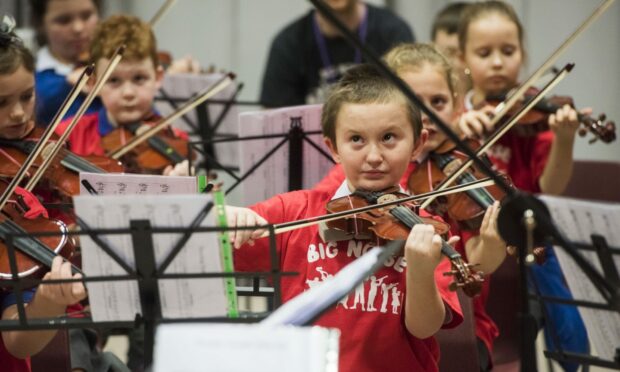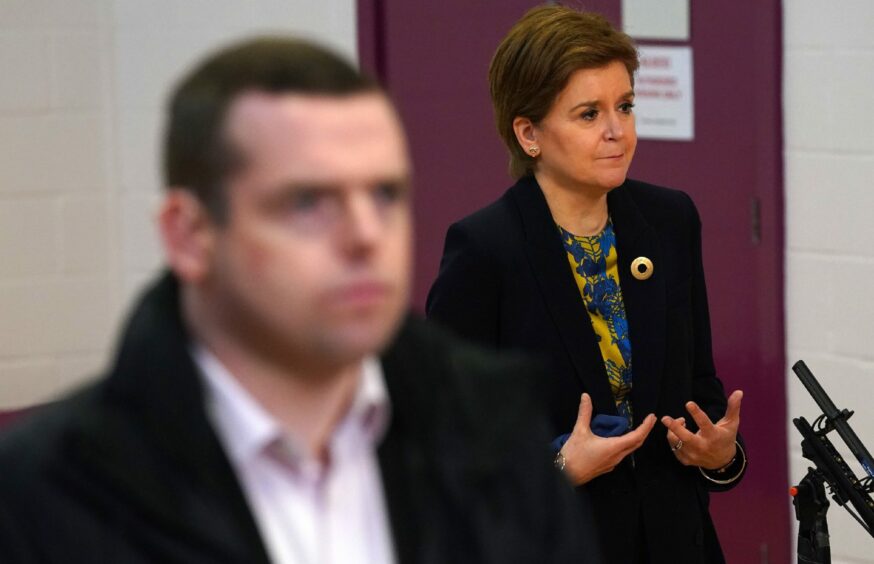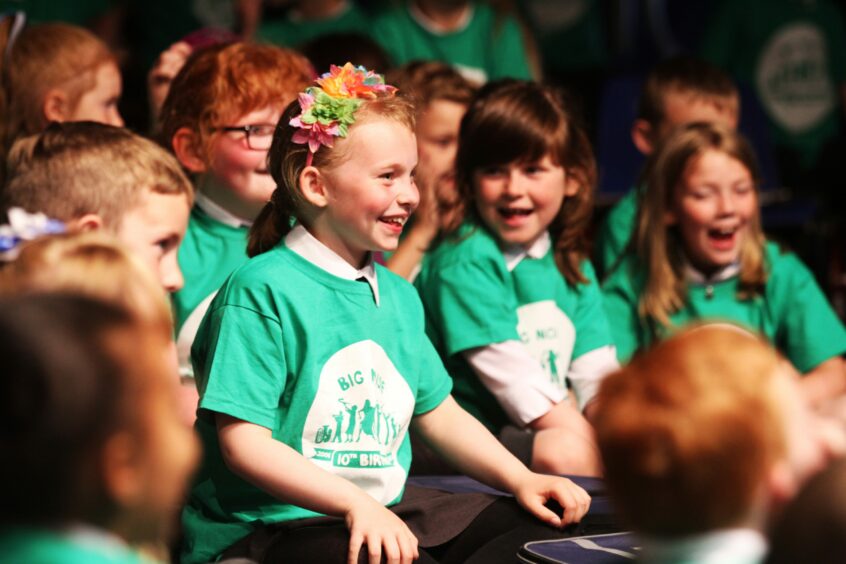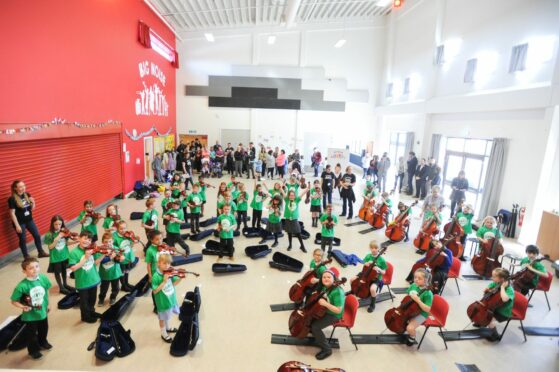Since leaving frontline politics, I’ve spent some time teaching at the University of Glasgow.
Both my parents were teachers in their working lives, so I was brought up with a huge respect for the profession and a belief that a good education can liberate people from a pre-determined destiny.
It’s why I spent so much time in parliament focused on and talking about the educational attainment gap.
That distance between the richest and poorest kids in schools across Scotland when it comes to how they do at school.
Where does policy come from?
I teach students now about the public policy making process and it starts with asking where policy comes from.
Of course lots of it originates from the manifestos that political parties put before the people.
Ideas dreamt up in dark rooms by researchers, sometimes rooted in evidence, sometimes rooted in gut feelings about what the people need and want.
Students then look at how policy is made in response to events, and there’s been no bigger event in the last 50 years to reflect on than the global pandemic that is Covid-19 and all the health and economic consequences that flow from it.
There’s also policies that ebb and flow with political and public interest. Scotland’s deepening drugs crisis being a prime example which this week led to Douglas Ross and Nicola Sturgeon teaming up to visit a drug treatment programme together.
Then there’s the policies that stem simply from political opportunism, like, I don’t know, the plans to build a bridge between Campbeltown and the Antrim coast which were quietly dropped this week.
We teach the students the theory of this policy-making and it includes a stage where we’re all supposed to pause and evaluate what’s been done. Is it actually working?
In truth, there’s not nearly enough of this done in practice and even when it is, not enough done to act on the findings.
Organisations like Audit Scotland matter
That’s why the diligent work of organisations like Audit Scotland and the Accounts Commission really matters.
Fiercely independent, they look at what’s working and crucially, what’s not.
Last year the Accounts Commission produced a report on what’s working in Dundee City Council and it makes for a very sober read.
It reported that “Dundee continues to face complex and deep-rooted challenges. The city has the highest rate of drug related deaths in Scotland, and pressures around poverty and mental health remain significant.”
It goes on to say that since 2016, the council has been working through 121 action points and pulls out seven that are really making a difference.
These include making Dundee the first living wage city in the UK, reducing family energy bills, offering welfare advice directly in GP practices, increasing the school uniform grant and providing free activities and free school meals throughout the summer months.
We know these measures are working and so they must be protected, but that’s never guaranteed.
Pilots “can become addictive”
Governments and politicians in particular love a pilot. A shiny new thing to unveil that comes with a press release and a photo opportunity.
God knows I’ve done plenty of these myself.
They can become addictive, a pattern of working, because they represent a rare good news story. “Politician announces new money for new thing.”
The problem is that in order to keep the good news gravy train rolling, you need more and more pilots, more and more new things.
All this happens at the expense of what works and it also means that organisations doing the ground breaking work rarely get more than one year’s funding to make it all happen.
You could call it pilotitis, and it’s felt by the people on the receiving end of the support who end up detached and despondent because they’re so used to help they’re getting today disappearing tomorrow.
There was only one major anti-poverty initiative highlighted by the Accounts Commission as having a really serious, long term positive impact and that was the Big Noise programme in Douglas.
The big noise is actually coming directly out of St Pius X RC and Claypotts Castle Primary where over 500 children are involved in music activities either in school, after school or in the feeder nurseries.
Big Noise Douglas focuses on the existing assets and the potential of young people.
It sets out to counter persistent social problems in the targeted communities by drawing a line under the past and nurturing a new generation of children who grow up in an environment saturated by music making, and its success has been confirmed again this week by a new study published by the University of Dundee.
What a read that report is, clearly setting out how the Big Noise programme is helping close that attainment gap because the young people are more confident, excited to be at school, have better communication and concentration skills.
But they are also crucially, just happier. They have better relationships and enjoy life because there’s music in it.
So simple and so profound.
Crucially though, the Big Noise programme is a big commitment.
There’s no pilotitis here, no walking away.
When they came in they partnered with the community and earned their trust and that trust has guided them through the most astonishingly difficult and chaotic 18 month period for young people, and they did it using art, music and culture to make that meaningful social change.
There’s a lesson for all of us in that, if it’s a music one, all the better.



